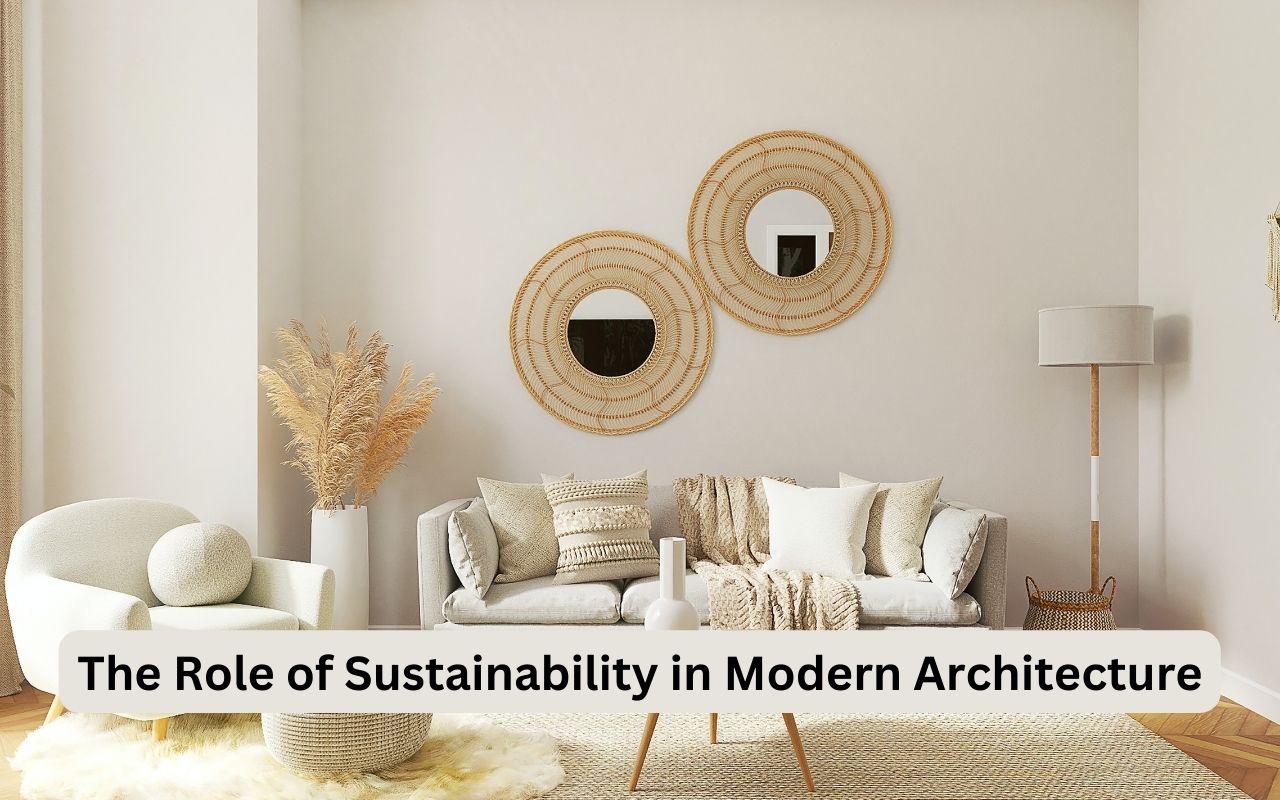In an era defined by ecological concerns and a growing understanding of humanity’s impact on the environment, the world of architecture is undergoing a paradigm shift. Sustainability has taken center stage as a guiding principle, reshaping the way architects approach design, construction, and the relationship between structures and the natural world. This article delves into the intricate tapestry of sustainable architecture, uncovering the principles, innovative strategies, and remarkable projects that are shaping the future of our built environment.
The Foundations of Sustainable Architecture
Sustainable architecture transcends the realm of aesthetics, touching on intricate relationships between the built environment and the ecosystem. At its core, sustainable architecture aims to reduce the negative impact of construction and operation on the environment while simultaneously enhancing the quality of life for occupants. It draws inspiration from nature’s intricate balance and seeks to replicate that balance within the built world.
Key Principles of Sustainable Design
-
Energy Efficiency: Sustainable architects embrace the power of passive design strategies to harness natural resources. They meticulously orient buildings to optimize sunlight exposure, utilize shading techniques to minimize heat gain, and integrate natural ventilation systems to reduce the need for energy-intensive HVAC systems.
-
Material Selection: The selection of building materials is a pivotal decision in sustainable design. Architects prioritize low-impact, renewable, and recycled materials, taking into account factors such as embodied energy, resource scarcity, and durability.
-
Water Management: Sustainable architecture incorporates innovative water management strategies. Rainwater harvesting systems collect and store rainwater for non-potable uses, while greywater recycling systems treat and reuse wastewater for irrigation and flushing.
-
Biophilic Design: Recognizing the innate human connection to nature, architects infuse designs with biophilic elements. Green walls, indoor gardens, and natural lighting create spaces that promote well-being and reduce stress.
Innovative Sustainable Technologies
-
Solar Power: Harnessing the power of the sun, solar panels integrated into building facades and rooftops provide renewable energy, reducing dependence on fossil fuels.
-
Green Roofs and Living Walls: Building envelopes transform into ecosystems as architects introduce green roofs and living walls. These installations offer insulation, reduce urban heat island effects, and enhance biodiversity.
-
Smart Building Systems: The marriage of technology and sustainability yields smart buildings that optimize energy consumption. Automated lighting, occupancy sensors, and advanced energy management systems adapt to usage patterns.
Notable Examples
-
The Edge, Amsterdam: This office building epitomizes efficiency with its smart sensors and energy-producing features. By harvesting rainwater, utilizing solar power, and integrating IoT technology, it consumes significantly less energy.
-
Bosco Verticale, Milan: Vertical forests define this residential marvel, which houses over 900 trees and 20,000 plants. These green additions improve air quality and regulate indoor temperatures.
-
Masdar City, Abu Dhabi: A prototype for sustainable urban living, Masdar City pioneers renewable energy, efficient waste management, and sustainable transportation systems. Its design focuses on walkability, shading, and natural ventilation.
Challenges and Future Prospects
While sustainable architecture has witnessed tremendous progress, obstacles remain. Striking a balance between aesthetics, functionality, and sustainability can be challenging, especially within budget constraints. Navigating complex regulations and ensuring the long-term viability of sustainable technologies also pose ongoing challenges. Nonetheless, the growing awareness of environmental issues and the emergence of new materials and technologies continue to drive the field forward.
Conclusion
Sustainable architecture embodies a harmonious coexistence between human innovation and the natural world’s intricate design. The best architects in Lahore, alongside their global counterparts, are at the forefront of embracing the principles of energy efficiency, responsible material use, and thoughtful design. As these architects forge a path toward a future where structures contribute positively to the environment, their work becomes a testament to the power of conscious design and its potential impact. This evolution is more than a design trend; it’s a conscientious endeavor to weave sustainability into the fabric of architecture, leaving a legacy that reverberates through generations.

